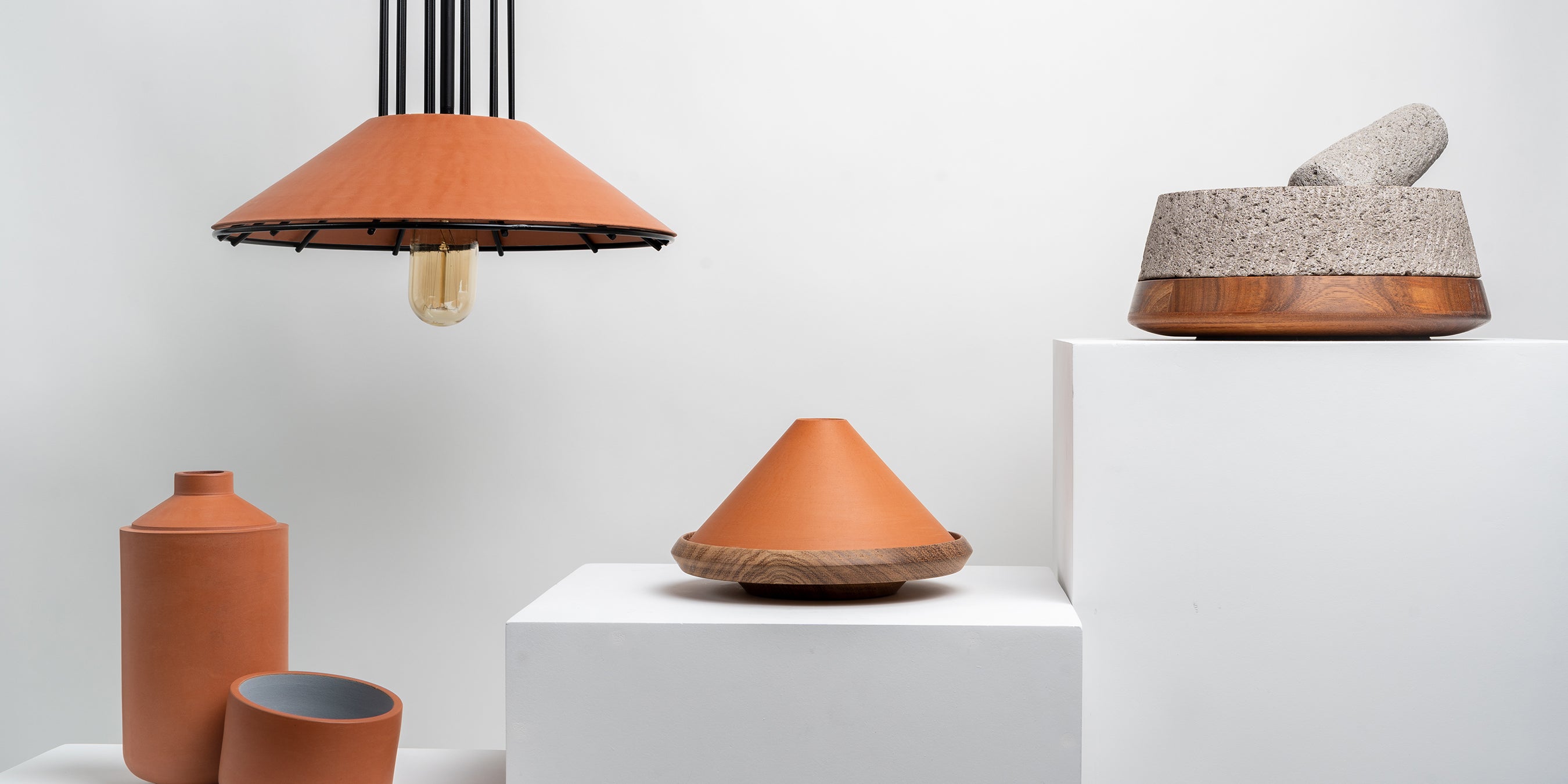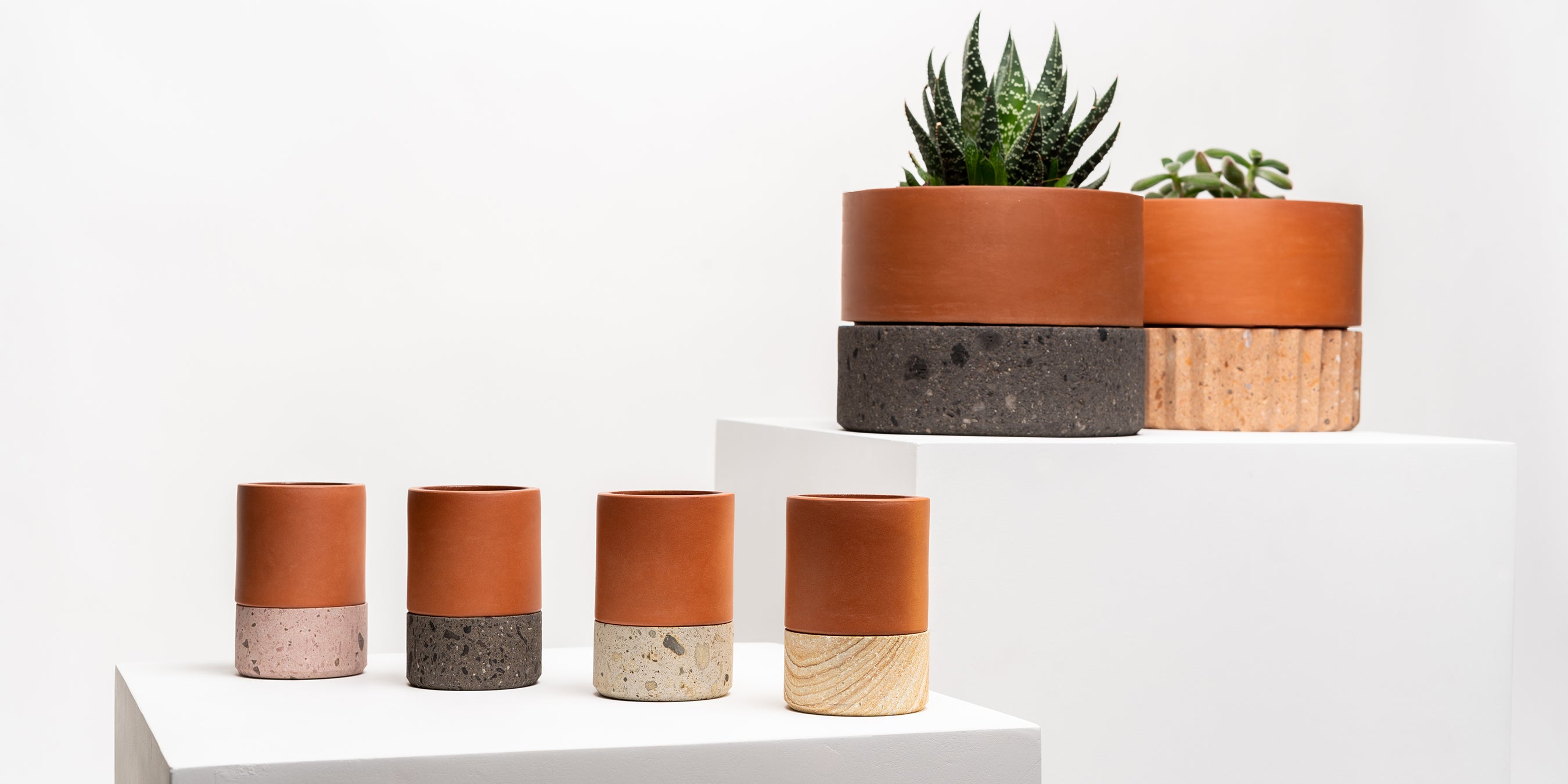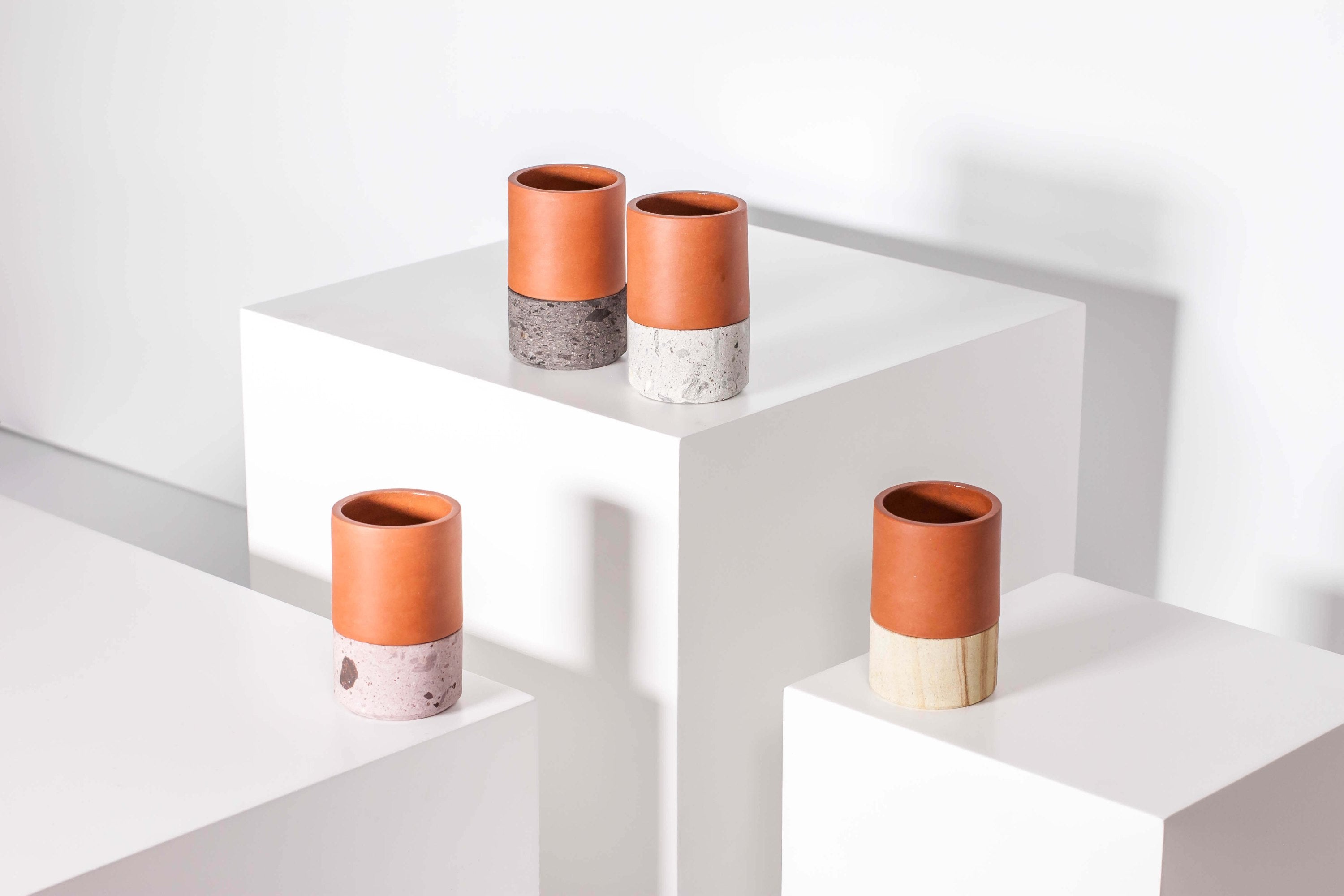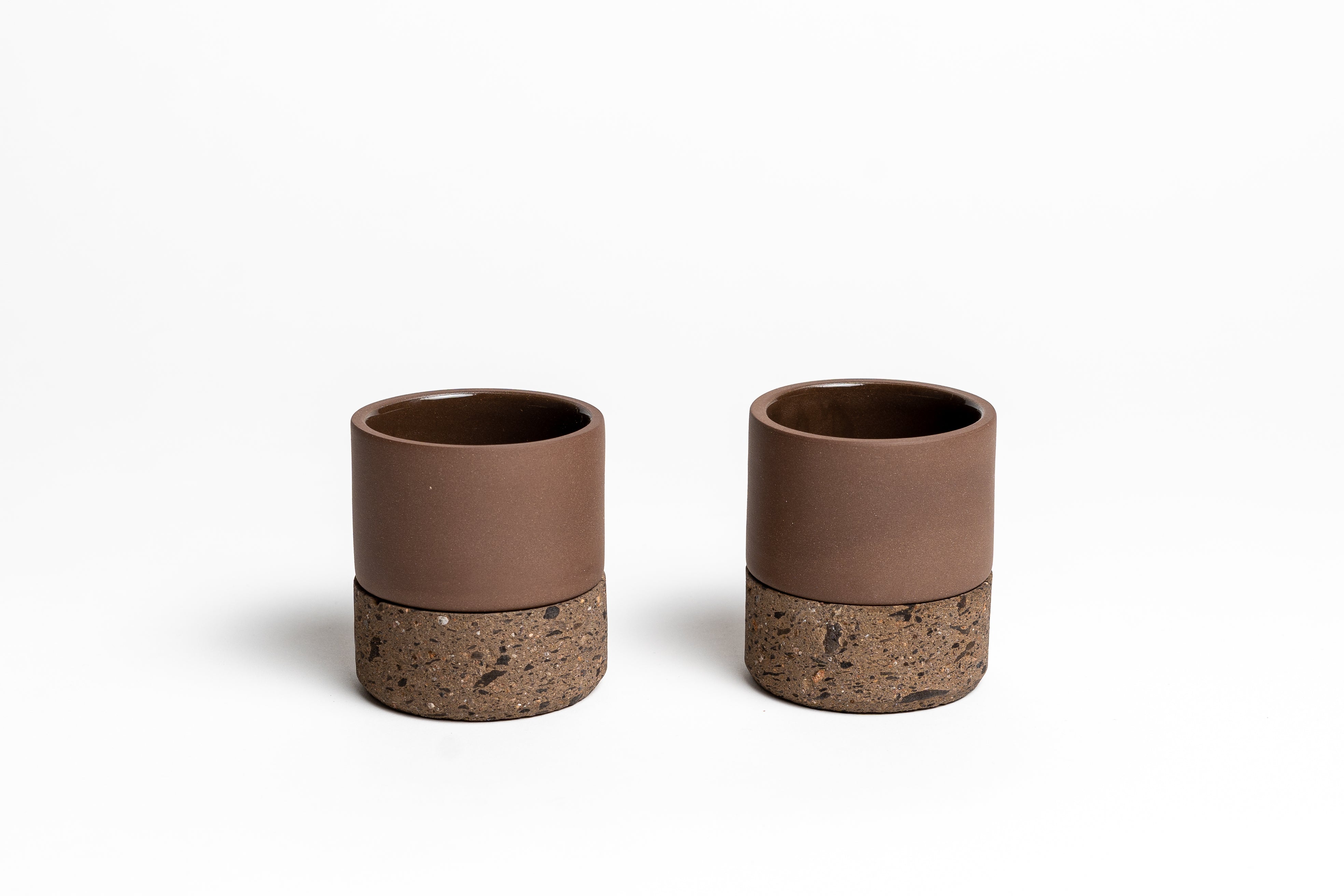
GREGORIO PERDOMO
Will there be any corner of Mexico that does not have a chapel, church, or house with some quarry element?
Cities with great historical value such as Guadalajara, Morelia, Guanajuato, Zacatecas, San Luis Potosí or Oaxaca were built with this material.
We believe that the quarry is the material that is more present in our culture than we have realized; a material that is naturally versatile and that, through the diversity of its textures and colors, expresses much more of Mexico than we think.
After several attempts looking for someone to make us the perfect sample for the bases of the Mezcalitos, we finally found Gregorio Perdomo -a quarry carving master- working in a workshop submerged in the mountains of Huixquilucan.
The beginning
From Tlalpujahua, Michoacán, Gregorio began working in the quarry at the age of 11. His father – who was also a quarry master – died when he was just 8 years old; and being six sisters and two men, he began by helping his older brother in a workshop to be able to cover, at least, his personal expenses.
Studying during the week and devoting Saturdays and Sundays to work in the workshop, Gregorio finished high school with knowledge in accounting and wanting to continue studying, but his brother – who was his main economic support – passed away. This put him in a big dilemma. Gregorio chose to support his mother and sisters, he tried to work as an accounting but his salary was minimal. Facing financial pressure, he chose to accept the invitation of a friend to work in a quarry workshop where he would earn double, by then he already had good knowledge in using the lathe.

“Si soy honesto, al principio no quería dedicarme a esto, trabajaba por necesidad. No me gustaba el polvo. Pero la vida me mantuvo en este camino, y le agarré el gusto, el amor al arte”.
— Gregorio Perdomo
De su padre, Gregorio guarda pocos recuerdos, pero la gran satisfacción de saber que tuvo su taller propio de labrado y que nunca hubo queja de su trabajo.
A falta de una figura paterna, hubo un maestro cantero que inspiró mucho a Gregorio, alguien al que considera como uno de los mejores talladores -escultores- de cantera en Tlalpujahua: Don Francisco Hernández Linares; gracias a él, Gregorio aprendió los principios básicos del labrado.
Gregorio fue llamado recientemente para un trabajo importante en la Iglesia de San Antonio de Padua en Huixquilucan, tal vez uno de los que más orgullo le ha generado en los últimos años. “Éstos son trabajos que duran muchos años… cuando son piezas grandes, mucha gente las ve y hay que saber hacerlas bien”.
“Lo que a mí me causa mucha motivación es que cuando me hacen algún pedido, por muy mínimo que sea, trato de hacerlo lo mejor posible… porque es mi tarjeta de presentación. Tener a un cliente feliz es lo que a uno le genera más oportunidades”.
— Gregorio Perdomo
La danza otomí como pasatiempo

In his free time, Gregorio enjoys practicing folk dance. A few years ago he was invited to be part of a dance group in Huixquilucan and he accepted without being originally from the region and also without knowing exactly about this type of dance. He always liked dancing in general and that was reason enough to agree.
Now he is somehow surprised by the satisfaction that representing a regional group has generated and affirms that he has learned to value our roots more and the importance of preserving our traditions as Mexicans.
COLABORACIONES
Productos en los que colabora Gregorio


























